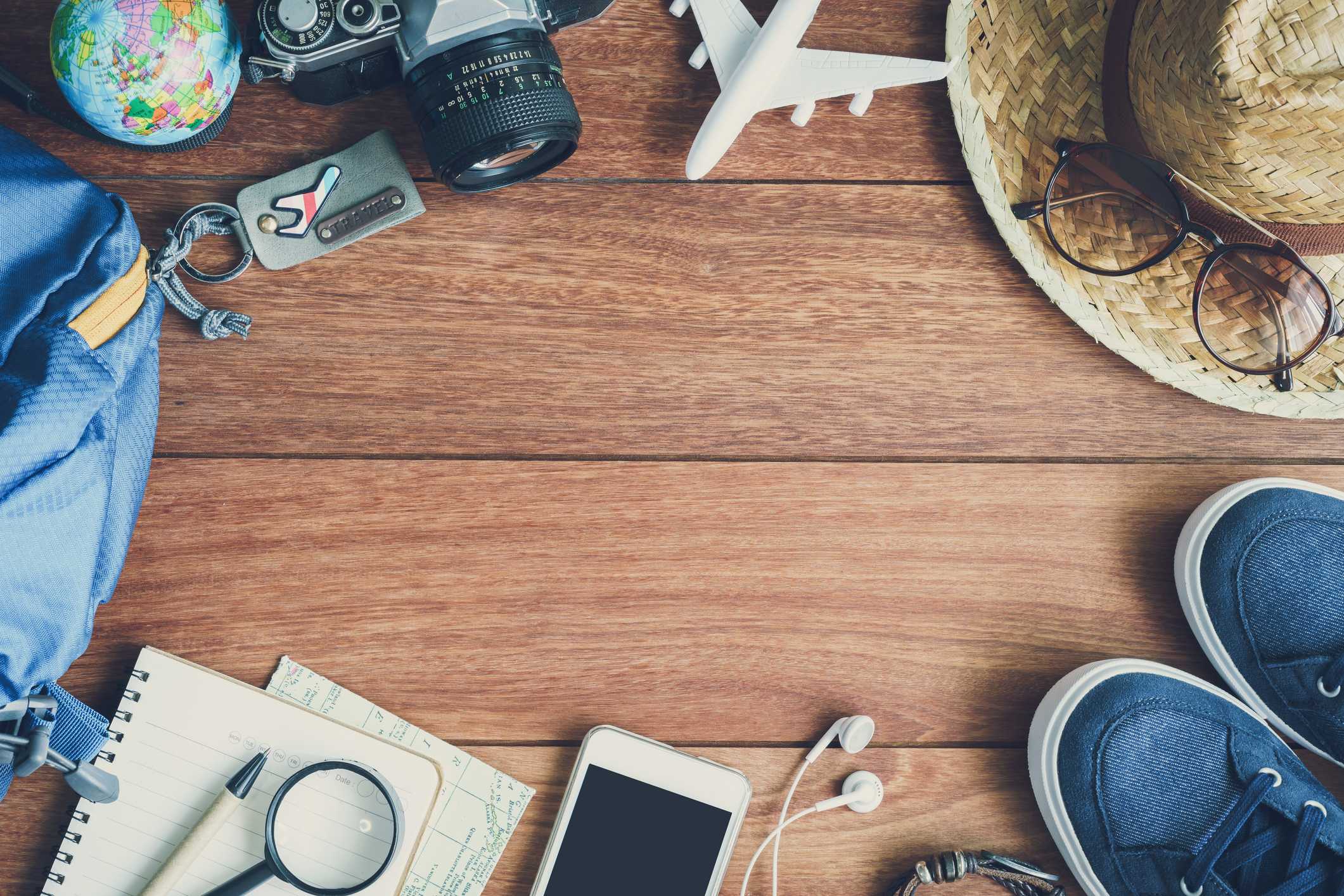Fancy a break? There is no need for diabetes to be a barrier. Whether you are going to the beach, to a foreign city or to the mountains, your diabetes will travel with you.
People with diabetes should plan their travel and holidays in advance and seek advice wherever necessary.
Diabetes Travel Guides
Diet, exercise and medication are all key factors that should be considered. With a little planning, travelling – whether it’s on a train, plane or by car isn’t a problem.
People with diabetes simply need to consider a few key issues and take necessary action.
Planning ahead for your trip
Having diabetes shouldn’t interfere with your holiday plans, whatever they are.
Just plan carefully using the diabetes travel tips in the Diabetes Travel section, and you’ll be jetting off in no time, with no worries!
How you prepare for a trip will depend where you are going and what you are doing. For instance, the type of food you will be eating on holiday strongly affects how you prepare.
Furthermore, if you are going on an active adventure you need to work out what influence this extra exercise will have on your blood sugar levels.
There are a number of diabetes travel factors to consider when planning a trip, but the important thing to remember is that diabetes should never be a barrier to going away as long as you’ve planned ahead adequately.
Can I use insulin abroad?
Using insulin abroad isn’t usually an issue. However, it’s useful to know what to do with your insulin to make sure it’s in suitable condition for use.
If you’re flying, you will require a doctor’s letter to take insulin and/or syringes onboard your flight.
- Patients should find out what types and strengths of insulin are available in the area in which they will be travelling, refer to the relevant pharmaceutical company.
- Insulins used in the UK and many other countries are of the strength U-100. In some countries insulin may come as U-40 or U-80 strengths. These insulins are not interchangeable. Should they need to be used, the appropriate syringes are required.
- Insulin should be kept out of direct sunlight and kept cool.
- Insulin should never be allowed to freeze, therefore when travelling by air, insulin should always be carried in the hand luggage.
- Insulin may be absorbed faster in warmer climates. Regular glucose monitoring is important, to allow any adjustments in dose to be made safely.
What you should take on your travels
Being prepared makes your trip hassle free. A few simple precautions can ensure that you’re able to cope should the unexpected happen. Unexpected events such as ash cloud delays and air travel crew strikes can’t be predicted.
For that reason you should plan to take with you:
- Twice as much insulin, syringes or pens, needles or tablets as will be needed.
- If travelling with someone else, split the amount between each passenger’s hand luggage just in case one of the bags is lost.
- A cool bag for storing insulin.
- Blood glucose monitoring equipment – along with adequate supplies of strips, lancets and a spare battery for the meter.
- High altitude, heat and humidity can sometimes affect meters and test strips. Patients should be advised to beware of false readings.
- Dextrose tablets, Hypostop, Glucagen injection and Ketostix if apt.
- A diabetes identity card or jewellery.
- Carbohydrate, in the hand luggage to cover any travelling delays.
- Do not advise patients to order a special “Diabetic” meal on the plane, as these often contain very little carbohydrate. Instead, patients should be advised to carry extra carbohydrate in the form of sandwiches, fruit, cereal bars etc.
- A letter, from either a GP or Hospital Diabetes Team, with a contact telephone number and address confirming the need to carry needles and syringes. A basic first aid box.
- A list of all current medication – e.g. a copy of up to date repeat prescription request.
Coping with holiday illness
Having a basic idea of what to do should you become ill is useful, especially if going to countries such as India, Pakistan or Kenya where stomach upsets are common.
- If sickness or diarrhoea develops, insulin or tablets should never be stopped even if solid foods cannot be tolerated.
- Carbohydrate intake should be maintained in the form of regular sugary drinks.
- Monitor blood glucose levels frequently.
- Urine should be tested for ketones as an early sign of decompensation.
- If sickness or diarrhoea persists medical advice should be sought.
Getting the right travel insurance
Travel insurance is vital. Patients should inform the insurance company that they have diabetes and ensure that the insurance package provides adequate cover.
This should include cover for emergency transport home and recovery of charges for replacement of insulin or equipment.
Free or reduced cost emergency treatment is available in countries in the European Union. Form EIII is available at the Post Office.
Long haul travel
Long haul flights can be particularly taxing.
If crossing time zones or travelling for many hours, specific advice regarding adjustments to insulin regimes can be obtained from your healthcare team.
You should bring along a flight schedule and information on time zone changes to help plan the timing of injections.
Travel to areas of high altitude can cause insulin to expand and contract, resulting in air pockets within the cartridge or pen. Patients may need to do a few “air shots” to make sure that there are no air bubbles present when they inject.
Alternatively, the patient could revert to using a syringe and needle (it is possible to draw insulin out of a cartridge by this method).
Driving when on holiday
If you are planning to drive while on holiday, you should ensure that your driving licence is valid for the duration of your trip and that you are covered by your travel insurance policy for driving, especially when abroad.













